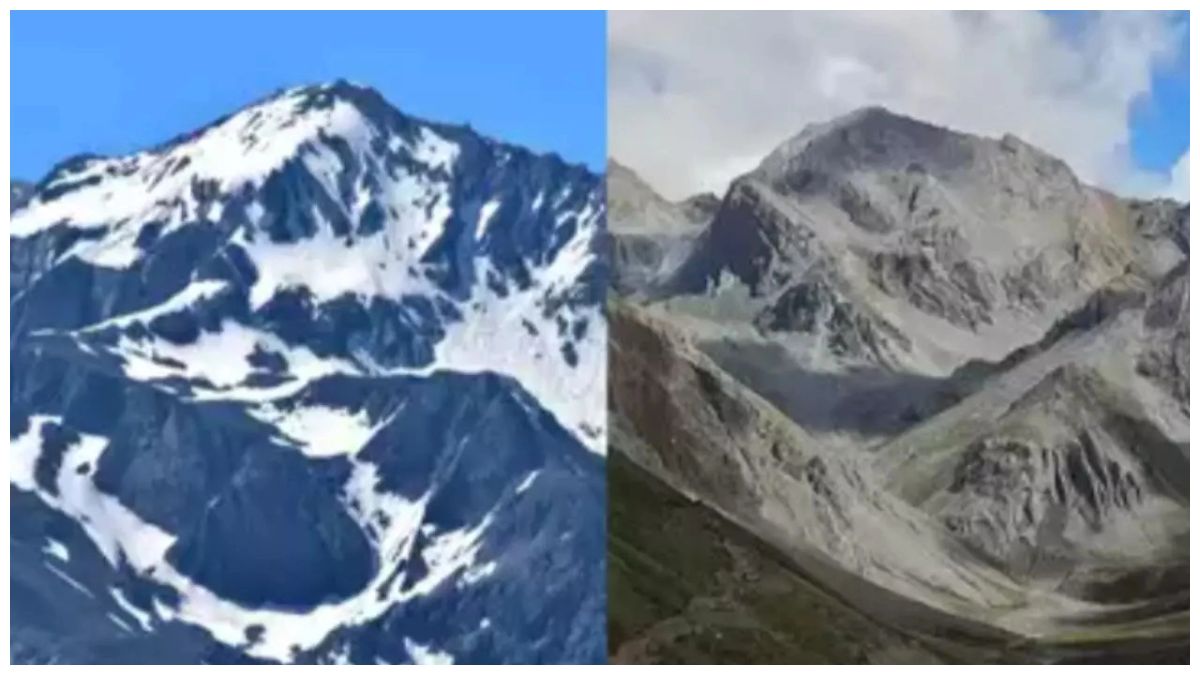Om Parvat Loses Snow Cover for the First Time
For the first time in recorded history, Uttarakhand’s Om Parvat was completely devoid of snow, sparking serious concerns among locals and visitors. Observers last week linked this unprecedented event to a combination of factors: reduced rainfall, minimal snowfall in the upper Himalayan region over the past five years, increased vehicular pollution, and the broader impacts of global warming.
Om Parvat, situated at an elevation of approximately 14,000 feet in the Vyas Valley, is renowned for its natural snow pattern that forms the Hindi symbol ‘Om’ on its surface. This rare and sacred phenomenon has long attracted tourists and pilgrims from across India.
On August 16, the sight of a snowless Om Parvat left many visitors disheartened. A visitor expressed disappointment at seeing the peak, once known for its pristine snow, completely bare. Reports indicate that the annual snow melting rate, previously between 95-99%, reached 100% this year, with no snow remaining on the peak.

Alarming Signal of Climate Change in Uttarakhand
Experts warn that the disappearance of snow from Om Parvat is a clear indication of the ongoing climate crisis. Sunil Nautiyal, Director of the GB Pant National Institute of Himalayan Environment in Almora, emphasized that rising temperatures due to increased vehicular emissions and global warming are severely affecting eco-sensitive zones in the Himalayas. He urged the need for stringent measures to protect these regions, such as determining the carrying capacity of tourist destinations and managing forest fires, which contribute significantly to carbon emissions and harm the fragile ecosystem.
The snowless state of Om Parvat also raises concerns about the potential impact on tourism in the region. The local economy, which relies heavily on visitors drawn to the mountain’s snow-capped beauty, could face challenges if this trend continues. While a recent snowfall on Monday night temporarily restored some snow to Om Parvat, the underlying environmental issues remain unresolved.
This event serves as a stark reminder of the urgency to address climate change and protect the fragile Himalayan ecosystem. Comprehensive efforts, including reducing emissions, promoting sustainable tourism, and enforcing protective regulations, are crucial to preserving the broader Himalayan region for future generations. Prioritizing actions such as controlling vehicular emissions, managing forest fires, and assessing the carrying capacity of sensitive areas are essential steps in mitigating the impacts of climate change in this region.






